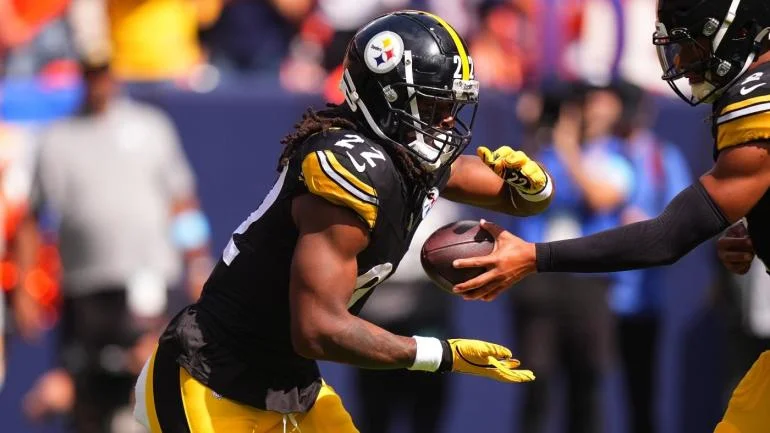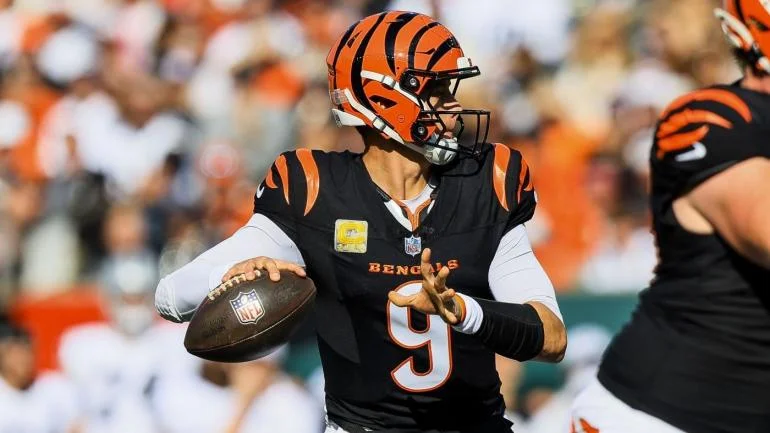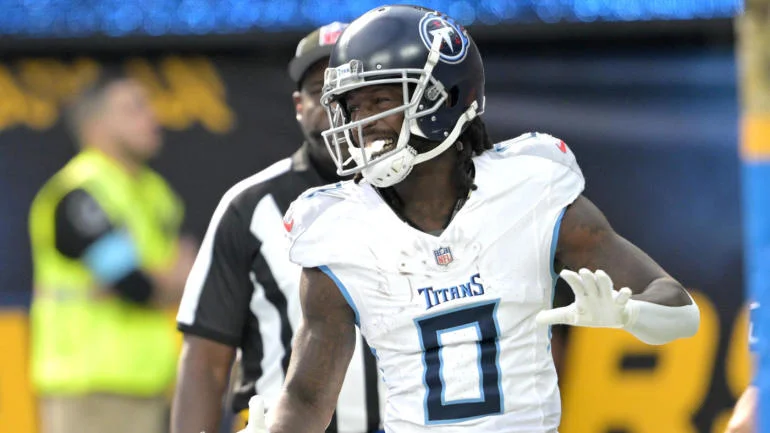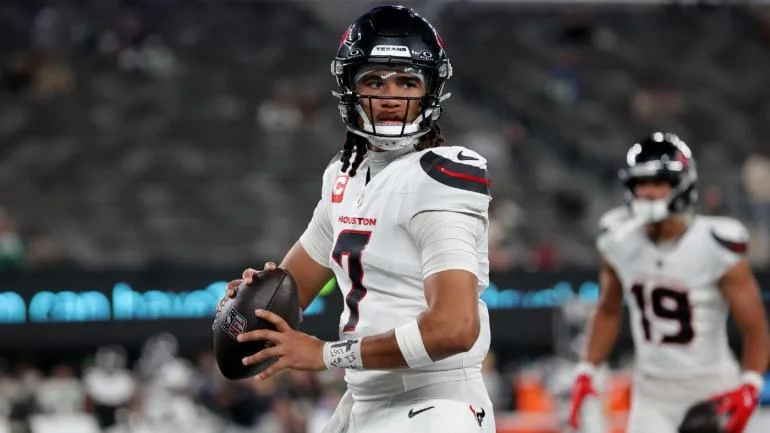Step one: find more speed at receiver
Where do Cam Newton and the Carolina Panthers go from here?
At age 28, Cam Newton should be entering his prime right now. He’s a former MVP with 7 full seasons as a starter under his belt. Given that, it’s a little scary that he hasn’t developed into a better pure passer yet. His passing numbers were below average across the board: with 59.1% completion and a 80.7 QB rating. Newton’s awesome running ability helps (754 rushing yards and 6 touchdowns last year alone), but you have to figure the team will see diminishing returns in that department as he gets older.
A lot of that falls on Newton’s shoulder, a lot of that falls on coaching (which is why OC Mike Shula got the ax), but a lot of that should be blamed on the roster itself. Right now, the Panthers offense is sluggish all around. It’s hard to pin the blame on one specific position because it all contributes to each other.
One area of concern that jumps out to you is a lack of explosive speed to stretch the field and open up holes for the running game. Right now, teams are sitting on the short stuff, and stuffing the run. Both of their runners Jonathan Stewart and Christian McCaffrey couldn’t crack 4 yards per carry (3.4 and 3.7, respectively.)
Realizing a need for more speed on the perimeter, the team wisely traded Kelvin Benjamin. Benjamin has his virtues, but he’s a big and slow (relative to NFL WRs) possession receiver, which happens to describe Devin Funchess as well. The Panthers knew they needed receivers with more complementary skill sets, which should theoretically open up their offense.
Now, the question becomes: who is that speedster going to be? The team drafted Ohio State blur Curtis Samuel for exactly this purpose. However, Samuel was still a work in progress. He’s a jack-of-all-trades on offense who couldn’t really find one position with the Buckeyes. He never cracked 500 total yards until his final season on campus, when he blew up with 771 rushing yards and 865 receiving yards. That success didn’t immediately translate to the NFL, as he struggled with injuries and inefficiency: logging just 15 receptions for 115 yards (7.7 per catch.) After a year with the team, the Panthers should have insight into whether or not Samuel can be a true starter, or whether he’s a featured rotational player (like Atlanta’s Taylor Gabriel.)
If Samuel isn’t the answer, the team needs to find a true # 2 elsewhere. In terms of free agents, Paul Richardson (SEA) and Marqise Lee (JAX) both project as strong # 2 WRs. Both of them have the speed to stretch the field and should be entering their primes at age 25 and 26 respectively. One under-the-radar name to keep an eye on would be Detroit’s T.J. Jones. Jones has gotten lost in the shuffle in Detroit, but he’s an underrated player (399 yards on 49 targets) who should be affordable despite a designation as a restricted free agent. We’re not looking for a superstar here, but merely a competent receiver who can keep this team balanced.
Step two: kill off one of the Kalils (figuratively, of course)
The Carolina Panthers’ offensive line is a mixed bag right now. They have a few standouts in the bunch. PFF grades left guard Andrew Norwell at a 88.8 mark, third best at his position. RT Daryl Williams is 86.5, also the third-best in the league.
The Kalil Brothers, unfortunately, do not fare as well. Both LT Matt and C Ryan grade poorly by those metrics, registered grades of 50.8 and 46.6 respectively. If you trust PFF, that would suggest that neither of those big names should be starters anymore. Unfortunately, they’re both big names with big contracts to match.
Center Ryan Kahlil would be easy to move on from, in theory. According to the cap figures I have, the team can cut him and save $7.5 million off their cap. You’d be wary to cut a starting center (even a mediocre one), but finding a replacement shouldn’t be too difficult. The Panthers have their own R2 and R3 picks, as well as an additional R3; those are all prime positions to draft a center. Iowa’s James Daniels is the top center in the class right now, but Arkansas’ Frank Ragnow and Michigan’s Mason Cole all may be starting-caliber players early on.
Contractually, Matt Kalil won’t be as easy to replace on the left side. Even still, I’d try to give him some competition, either with a high draft pick or your previous high draft pick Taylor Moton. Moton projects most naturally as a right tackle, but he may have enough length to start on the left side as well. He had plenty of experience at a variety of positions in college, racking up 52 starts at Western Michigan. Having Matt Kalil and Moton compete for the LT spot isn’t a ridiculous solution to the issue.
One player that the team can’t afford to lose is guard Andrew Norwell, who’s entering free agency at the perfect time. He’s largely considered the best guard on the market, and one of the best guards in the league. Although the Panthers invested heavily in his counterpart Trai Turner, they should lock up Norwell as well. One challenge here is that the NFL doesn’t differentiate between guards and tackles when it comes to the “franchise tag” status. If the Panthers tried to use that, they’d owe him $14 million, an outrageous sum for a guard. The team needs to work around the franchise tag to secure him to a long-term deal. Losing a Pro Bowl caliber guard (who’s still only 26) is simply not an option.
Step three: worry that Ponce de Leon’s supply won’t last forever on defense
Carolina’s defense had a great run under DC Sean McDermott (now the head coach in Buffalo.) They arguably played even better under their new DC Steve Wilks (now the head coach in Arizona), who brought more blitzes and more pressure, racking up 50 sacks all told. Presumably, they’ll keep playing well under new-new DC Eric Washington. In fact, I wouldn’t be shocked if Washington emerges a head coaching candidate himself in a year or two.
All that said, this defense won’t be able to live forever without some young blood. Their defense relied on some older veterans who are going to have to slow down eventually. Presumably. Possibly.
Chief among that pack would be DE Julius Peppers, who somehow stayed awesome at age 38 and led the team with 11.0 sacks on the year. Fellow DE Mario Addison, who matched him with 11.0 sacks, is no spring chicken himself at 30. Meanwhile, mainstay Charles Johnson may finally be cooked, failing to log a sack in an injury-plagued year. The team may cut Johnson and put that $3.5 million saved towards re-signing Peppers (a free agent) but that merely represents a short-term fix.
Given their scheme, the team needs to find a dominant young DE sooner or later. They seem to like bigger ends more than pure speedsters, so a big dude like UT-San Antonio’s Marcus Davenport (6’6″ 260) makes more sense than a pure rush end like Oklahoma’s Ogbonnia Okoronkwo (6’1″ 245). Defensive tackle is less of a priority for this team. DT Star Lotulelei is a free agent, but he’s been in a decline anyway and should give way to the team’s younger tackle Vernon Butler, a recent R1 pick. With Butler and stud Kawann Short, the tackle position feels like it’s in safer hands.
Like Peppers, strong safety Mike Adams appears to be ageless himself. Most safeties are in decline by 30, but Adams kept a starting job at age 36. Still, you can’t count on that lasting forever. The team should consider replacements as high as their R1 pick (# 24 overall), with Alabama’s Ronnie Harrison being the top of his class. He’s a 6’3″ enforcer who also holds up in the pass game; perhaps he’s not on Landon Collins‘ level, but he’s close. As mentioned, the Panthers have 4 picks in the first three rounds in the draft, with a few assorted needs. Addressing DE and DB should be among them.
The bottom line
In general, the Carolina Panthers roster is in pretty good shape, as illustrated by an 11-5 record despite a mediocre passing game. The question will be whether new OC Norv Turner can turn that up a notch and allow Newton and the team to get back to their true contender status.




